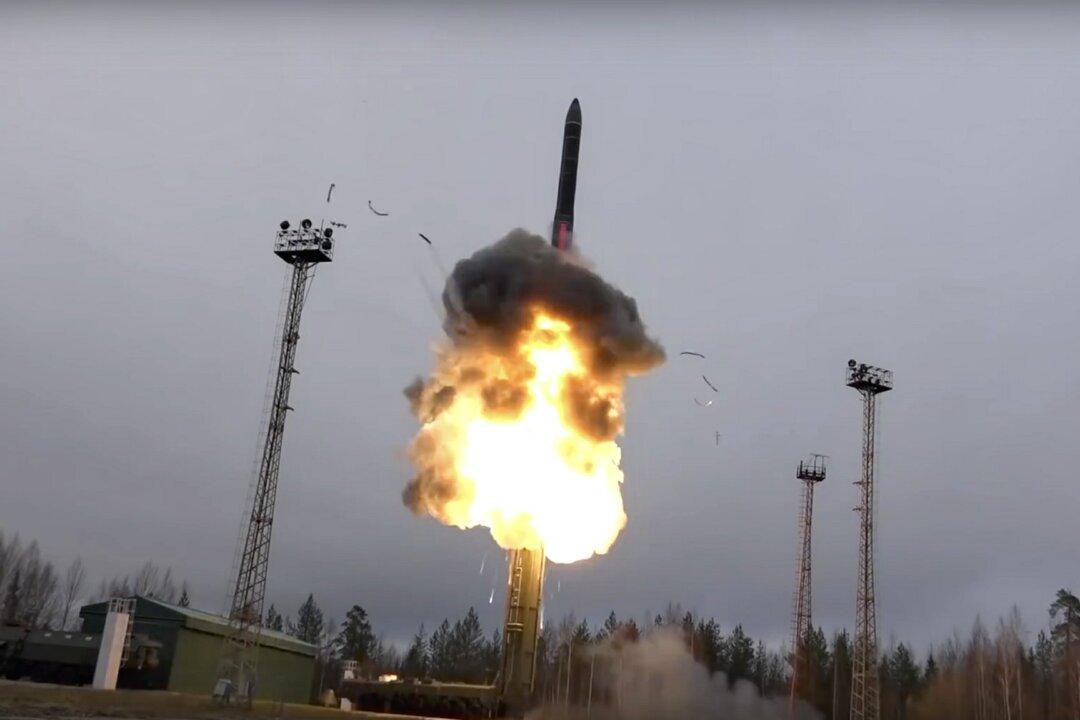The United States famously spends more on defense than the next seven countries combined, almost three times that of its nearest rival China and 10 times that of Russia.
But that commonly used data is flawed, according to a handful of analysts and academics, who are trying to persuade think tanks to adopt a different set of numbers to rank military spending.





